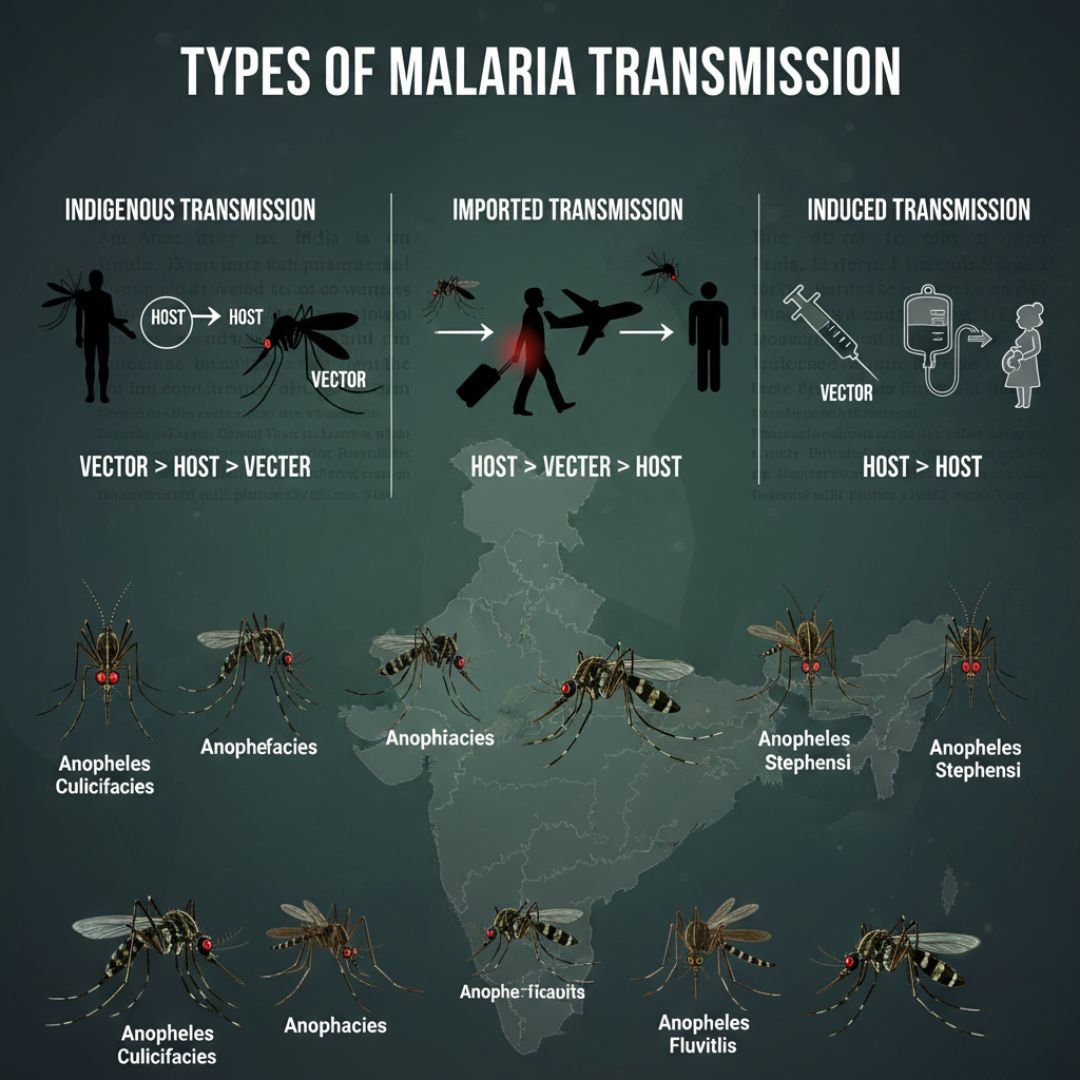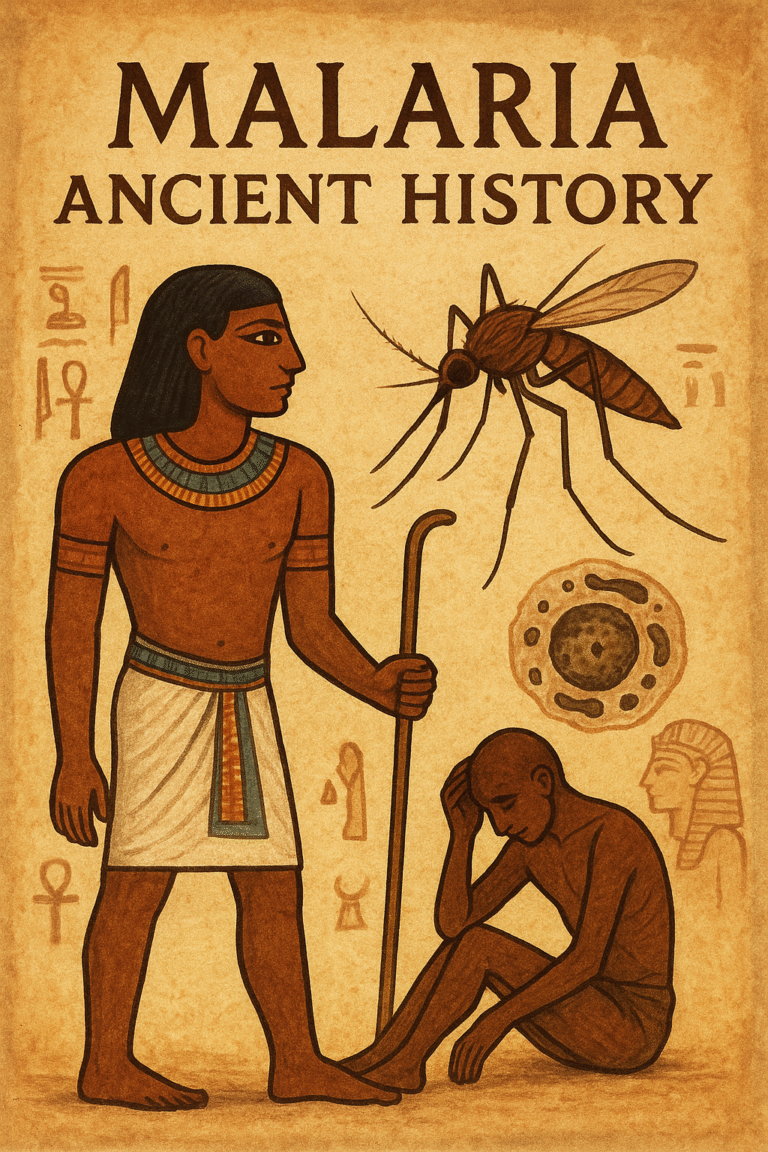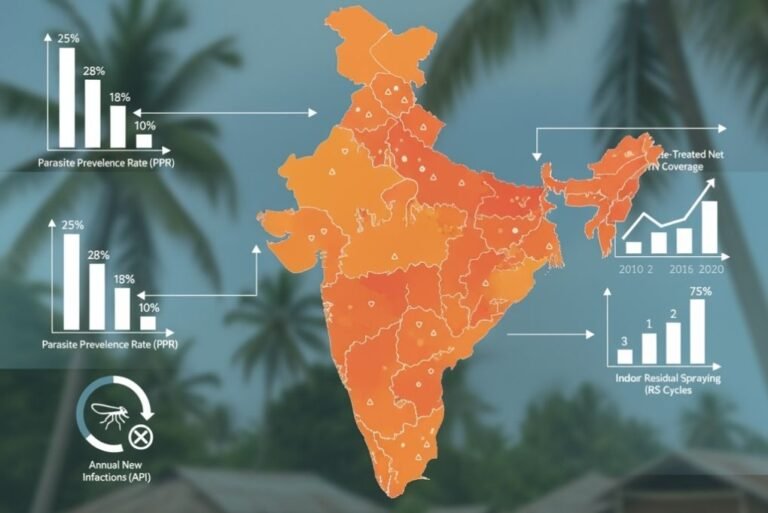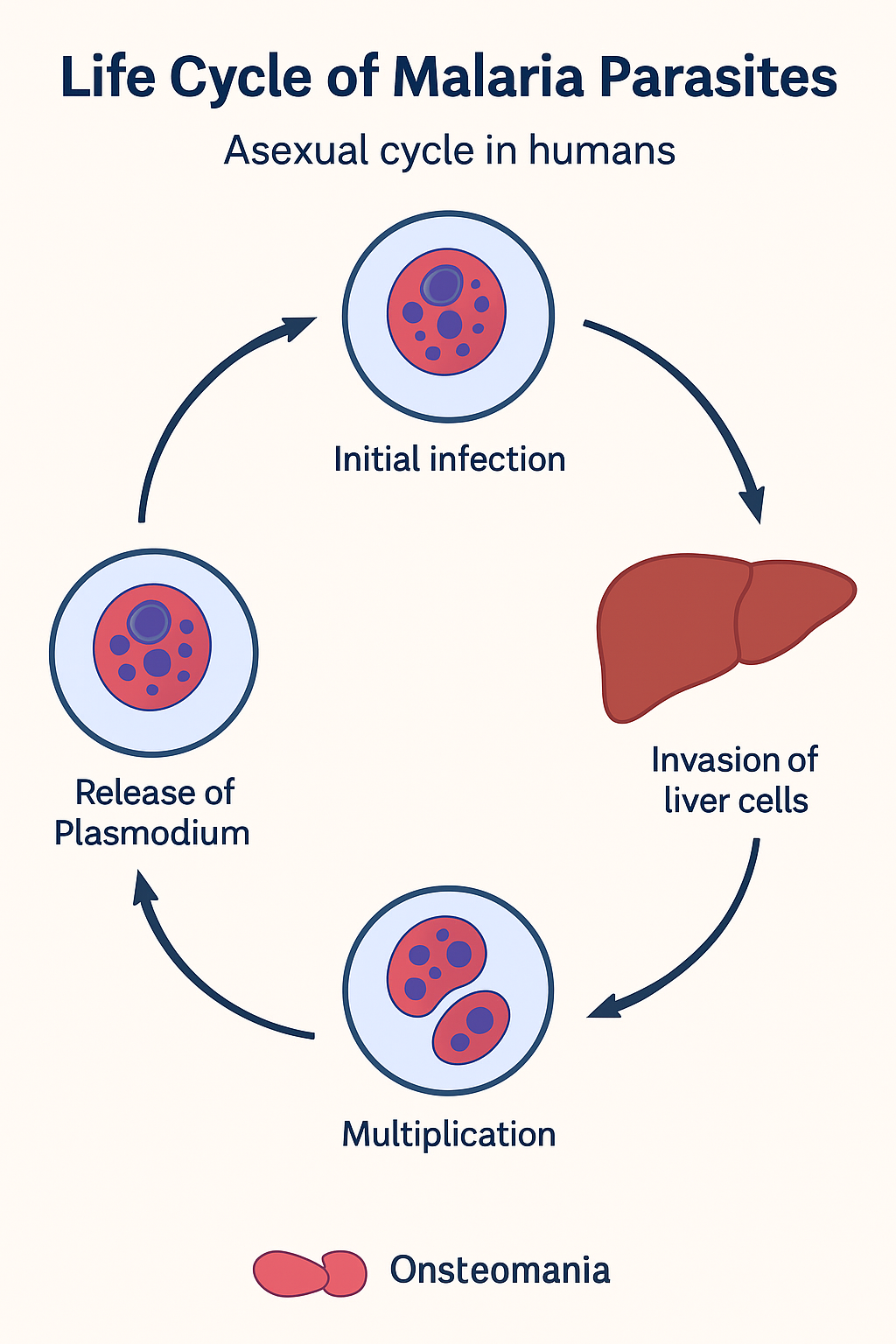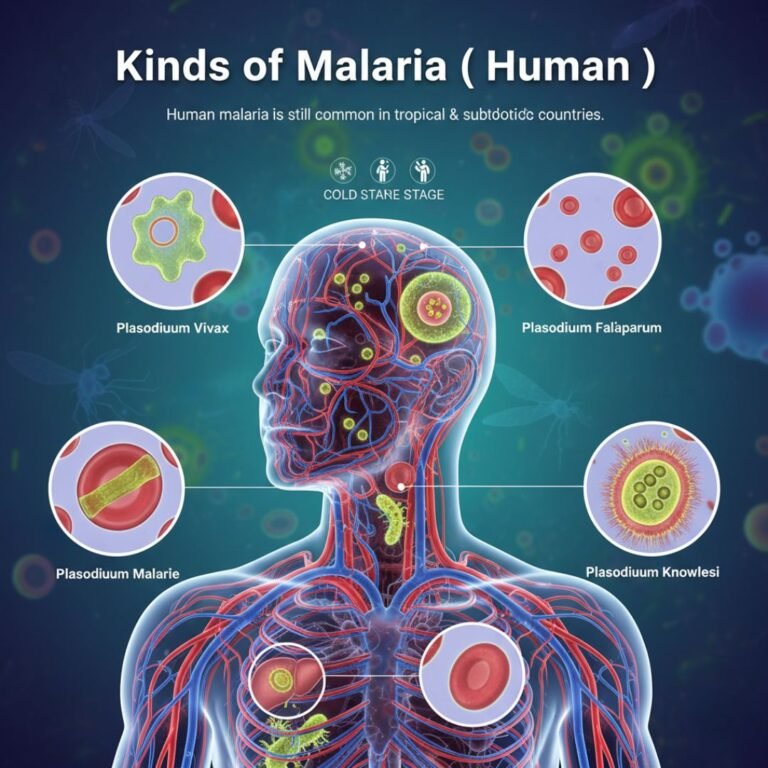Kind of Trasmission of malaria
There are three types of trasmission of malaria
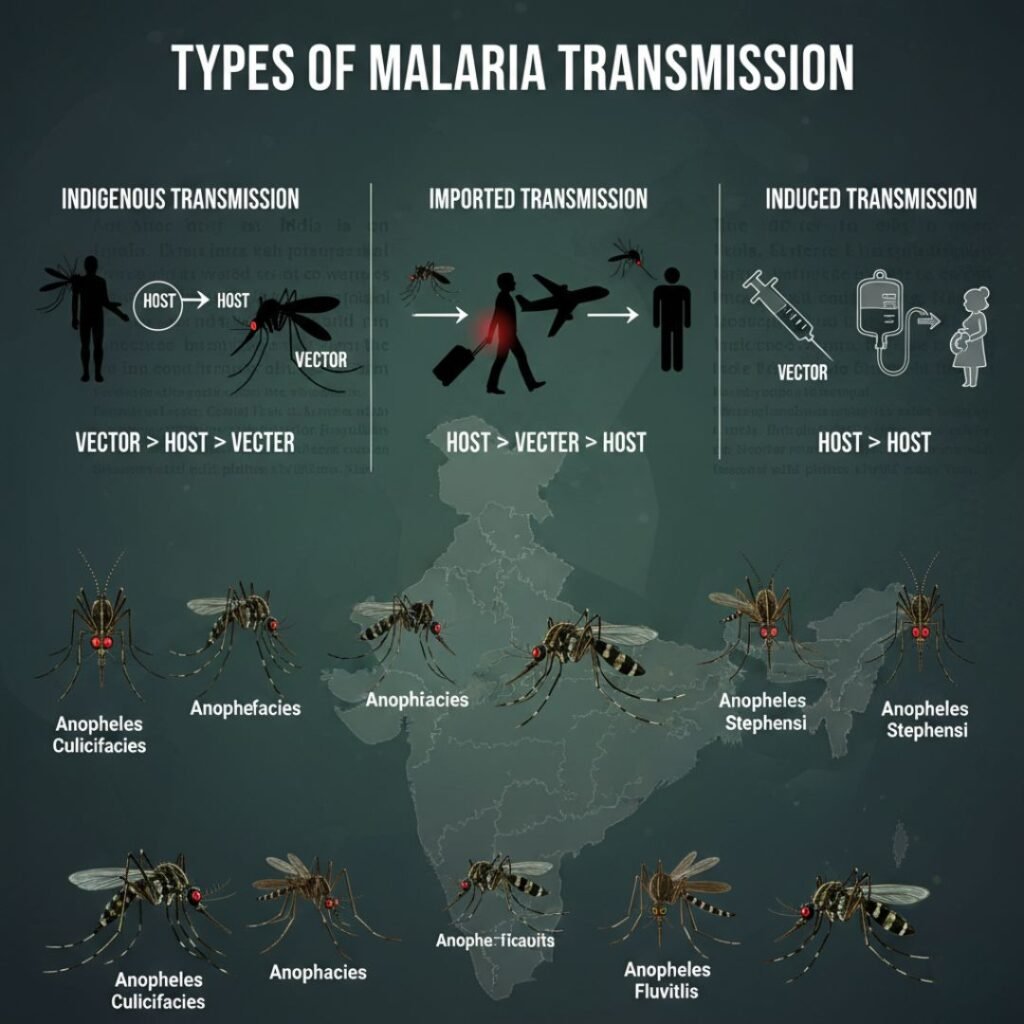
1 ) Indigenous transmission of malaria
It is natural cycle of malaria transmission ie Vector —> Host —-> Vector — -> is known as Indigenous type of malarial transmission . It is refers to the local spread of malaria in a specific area . The transmisssion occures within region , not brought in from outsides .
2 ) Imported transmisssion of malaria
The host ie human comes from ( another village , district , state ) infected area having already infected . {ie cycle is Host —> Vector —-> Host } . This person having gametocytes come in contact of another persons and he is carrier of malaria .Such phenomenon are known as imported type of malaria .Outsides the area or country infected person travels to a non-endemic area or malaria free area ,where they spread the transmission .
3 ) Induced transmission of malaria
Refer to malaria infection that occurs through artificial , rather than through mosquitoe bites . ( eg . HOST —> HOST ) .It means
- Blood transfusion :- when host is pre-patent period and if he / she donates the blood .
- Needle :- In case of hypodermic needle ,malaria get transmitted . It is very common in drug addicts .
- Organ or Tissue transplants , and congenital malaria :- This is spread from an infected mother to the newborn .
Vectors role in malaria
In word ,there are more than 4000 species of mosquitoes of which about 424 blong to Anopheline group and about 70 are the main vectors of malaria . In India there are about 58 species of Anopheline mosquitoes and of these 11 are vectors of malaria
In India at least eleven species of Anopheline mosquitoes transmit malaria , nine species officially recognised by NCVBDC -Dehli .
The vector species play their role in differnt region of India . Ther are six primary vector and five are secondary vector . Primary and secondary roles depending on their regional prevalence , species complex & ecological condition .
Primary Vectors
The important malaria vectors in India are
1 ) Anopheles Culicifecies :- It is major rural and peri-urban vectors in India . It is most common vectors in India except North-East . It has five sibling species with varying transmission efficiency. It has not reported in Andaman & Nicobar island and Lakshdweep .
2 ) Anopheles Fluvitilis :- Important vector in foot-hill and forested areas . It is generally rural vector.
3 ) Anopheles Stephensi :- It is major urban vector and semi-urban vectors in large part of country except North-East part of India .
4 ) Anopheles Sundicus or Epiroticus :- It is coastal areas of the Andaman & Nicobar island only.
5 ) Anopheles Minimus :- It is North-Eastern region , west -Bengal foothill streams .
6 ) Anopheles Baimaii or Dirus :- It occurs forest- fringe area in the North-East . It is highly anthropophilic ( human biting ) .
Secondary Vectors :-
1 ) Anopheles Philippinensis ( or Nivipes ) :- It is breed in paddy fields . North-east region of country ( Assam, bengal ).
2 ) Anopheles Annularies :- It is found central india and orrissa ,U.P.
3 ) Anopheles Varuna :- It is found in Andhra-Pradesh , Jharkhand , Bihar , Kerala .
4 ) Anopheles Jeyporiensis :- It is often found in forested or rural areas with suitable breeding sides , such as rice filelds and slow flowing streams.
5 ) Anopheles Subpictus :- It is especially found in coastal and certain urban region where it substains local transmission . It is found in Part of Orrissa, coastal south india , and urban areas like Goa .

